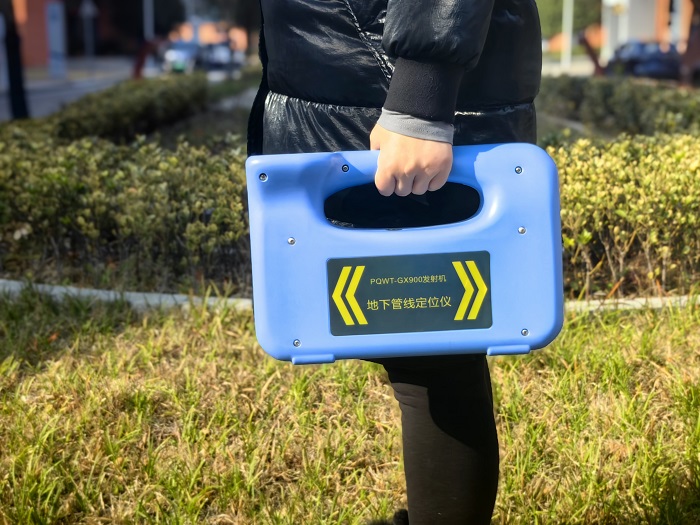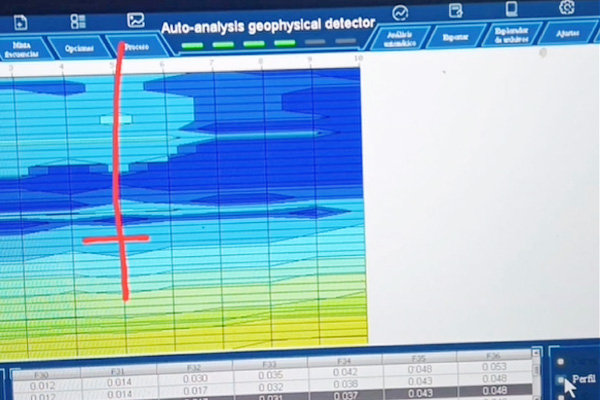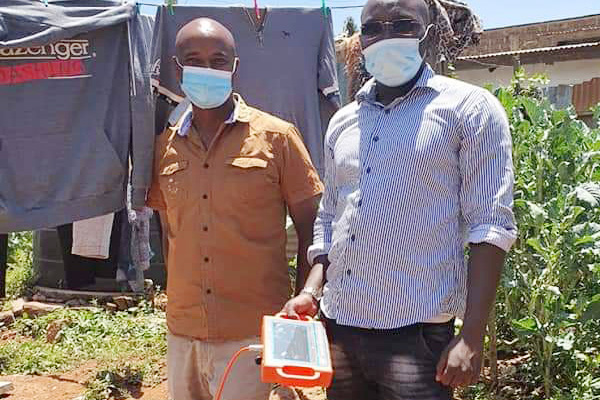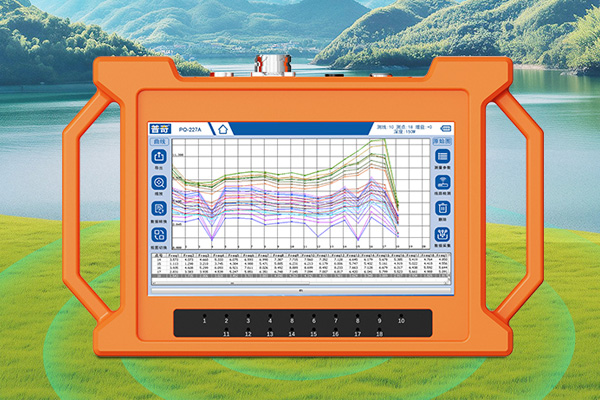Pipeline detection technology plays a crucial role in modern urban construction and maintenance. Accurately locating the location of underground pipelines is crucial for avoiding construction accidents and ensuring the smooth progress of projects, whether it is for new construction projects or maintenance of existing facilities. This article will introduce some basic tips for using Pipe Cable Locator to help operators complete tasks more efficiently and accurately.

1. Preparation work
Understand the equipment: Before use, read the operation manual of the Pipe Cable Locator in detail to understand its functions and limitations. Different detectors may have different working principles and operating methods.
Check the equipment: Ensure that the equipment is in good condition, the battery is sufficient, and the antenna is undamaged.
Environmental assessment: Understand the basic situation of the detection area, including ground materials, possible sources of interference (such as metal objects, other pipelines), etc.
2. Operational skills
Choose the correct mode: Most Pipe Cable Locators offer multiple detection modes, such as active mode and passive mode. The active mode is suitable for transmitting signals at a known frequency of the pipeline, while the passive mode is used to detect changes in the electromagnetic field of the pipeline itself.
Adjust sensitivity: Adjust sensitivity appropriately according to the actual situation to improve detection accuracy. Excessive sensitivity may lead to false alarms, while insufficient sensitivity may miss the target pipeline.
Using auxiliary tools: By combining them with probes or receivers, the position and depth of pipelines can be more accurately determined.
3. Practical suggestions
Multiple scans: Scanning the same area in different directions multiple times can help confirm the exact path of the pipeline.
Marking location: Once the pipeline is discovered, it should be marked immediately to prevent forgetting or confusion in subsequent work.
Record data: Detailed records of each detection result, including date, location, pipeline type, depth, and other information, to provide a basis for subsequent analysis and reporting.
4. Safety precautions
Compliance with laws and regulations: Ensure that necessary permits and authorizations are obtained before conducting pipeline exploration.
Pay attention to personal safety: When working outdoors, wear appropriate protective equipment such as helmets, reflective clothing, etc.
Avoid interference: Try to stay away from strong electromagnetic fields such as high-voltage power lines and radio transmission towers to avoid affecting the detection results.
By applying the above techniques, the efficiency and accuracy of pipeline detection work can be greatly improved, while also ensuring the safety of personnel. With the advancement of technology, the Pipe Cable Locator is also constantly being updated. It is recommended to regularly participate in relevant training to master the latest operating methods and technical knowledge. I hope that every person engaged in this industry can complete every task safely and efficiently.








